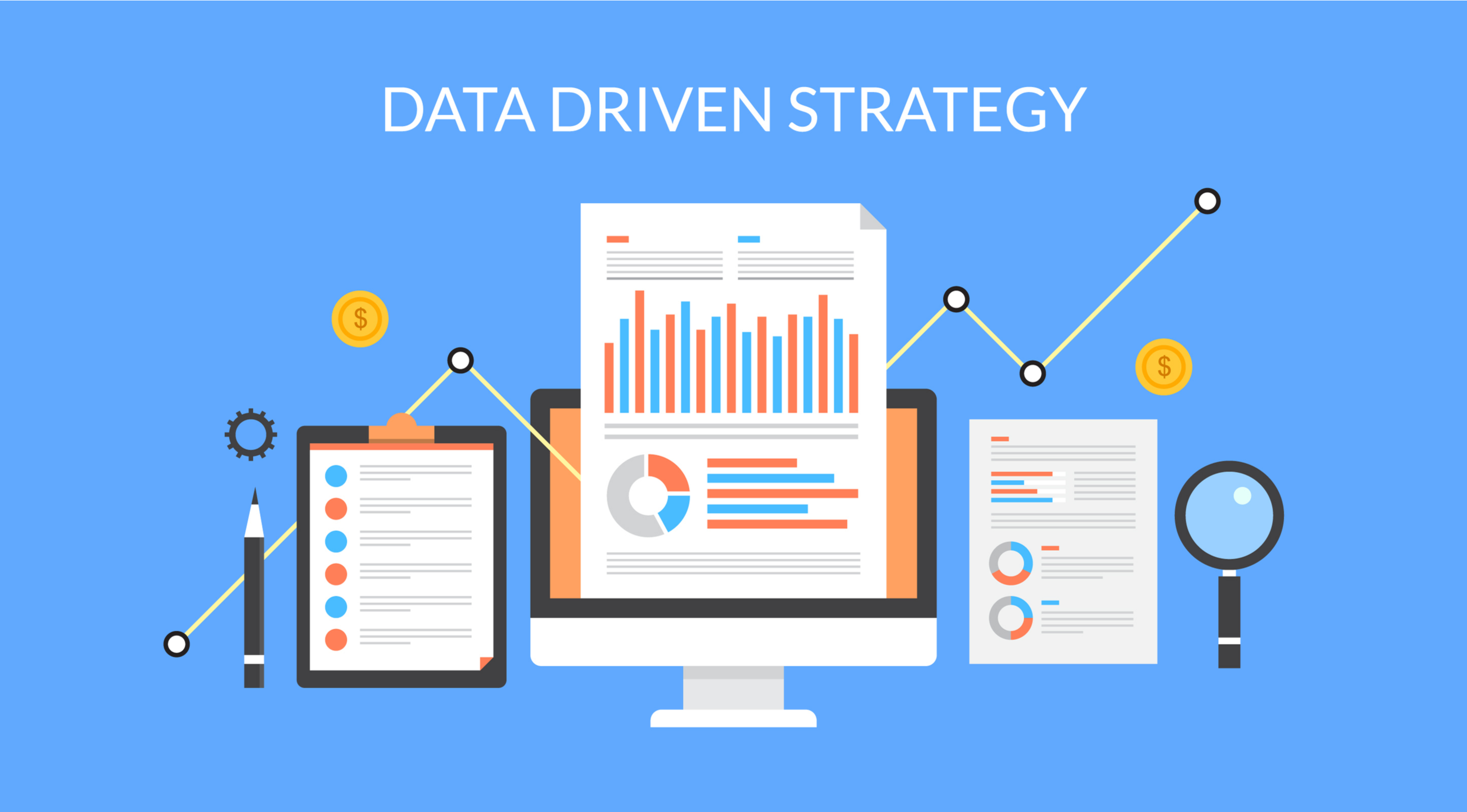 A Comprehensive Guide to Content Monitoring: Tracking 9 Essential Metrics
A Comprehensive Guide to Content Monitoring: Tracking 9 Essential Metrics
Content is king in the world of online marketing, but how do you know if your content is actually working? That’s where content monitoring comes in. By tracking key metrics, you can gain valuable insights into the performance of your content and make informed decisions about future content creation. In this comprehensive guide, we will walk you through the steps of content monitoring and highlight nine essential metrics to track.
Step 1: Define Your Goals
Before diving into content monitoring, it’s crucial to define your goals. What do you hope to achieve with your content? Are you looking to increase website traffic, generate leads, or improve brand awareness? By setting clear objectives, you can tailor your monitoring efforts to measure the success of your content accurately.
Step 2: Choose the Right Tools
There is a wide range of tools available to help you monitor your content effectively. Google Analytics is a popular choice for tracking website traffic and user engagement. Social media management platforms like Hootsuite and Buffer can help you monitor social media performance. Content management systems like WordPress also offer built-in analytics tools to track content performance. Choose the tools that best suit your needs and objectives.
Step 3: Identify Key Metrics
When it comes to content monitoring, it’s essential to track key metrics that align with your goals. Here are nine essential metrics to consider:
1. Website Traffic: Monitor the number of visitors landing on your website. This metric helps you understand how well your content is attracting an audience.
2. Page Views: Keep track of how many times a specific page on your website has been viewed. This metric allows you to identify which content is the most popular among your audience.
3. Bounce Rate: Measure the percentage of visitors who leave your website after viewing only one page. A high bounce rate may indicate that your content is not engaging enough or that there are issues with your website’s user experience.
4. Time on Page: This metric shows how long visitors spend on a particular page. Monitoring this metric helps you understand if your content is holding the attention of your audience.
5. Social Shares: Gauge the reach and engagement of your content by tracking how many times it has been shared on social media platforms like Facebook, Twitter, and LinkedIn.
6. Click-Through Rate (CTR): Measure the percentage of people who click on a link in your content. A high CTR indicates that your content is compelling and driving action from your audience.
7. Conversion Rate: Track the percentage of visitors who take a desired action on your website, such as making a purchase or signing up for a newsletter. Monitoring the conversion rate helps you assess the effectiveness of your content in driving conversions.
8. Keyword Rankings: Keep an eye on where your content ranks in search engine results for specific keywords. Monitoring keyword rankings allows you to optimize your content for better visibility in search engines.
9. Return on Investment (ROI): Measure the profitability of your content marketing efforts. By tracking ROI, you can determine if your content is generating a positive return on investment for your business.
Step 4: Analyze and Iterate
Once you have collected data on the key metrics mentioned above, it’s time to analyze the results and make informed decisions about your content strategy. Look for trends, patterns, and areas for improvement. Use this information to iterate on your content and optimize its performance. Content monitoring is an ongoing process, so be sure to regularly analyze and adjust your strategy based on the data you gather.
Conclusion
Content monitoring is a valuable practice that can help you assess the effectiveness of your online content and make data-driven decisions about future content creation. By defining clear goals, choosing the right tools, tracking key metrics, and analyzing results, you can optimize your content strategy for success. Start monitoring your content today and watch your online presence thrive.
